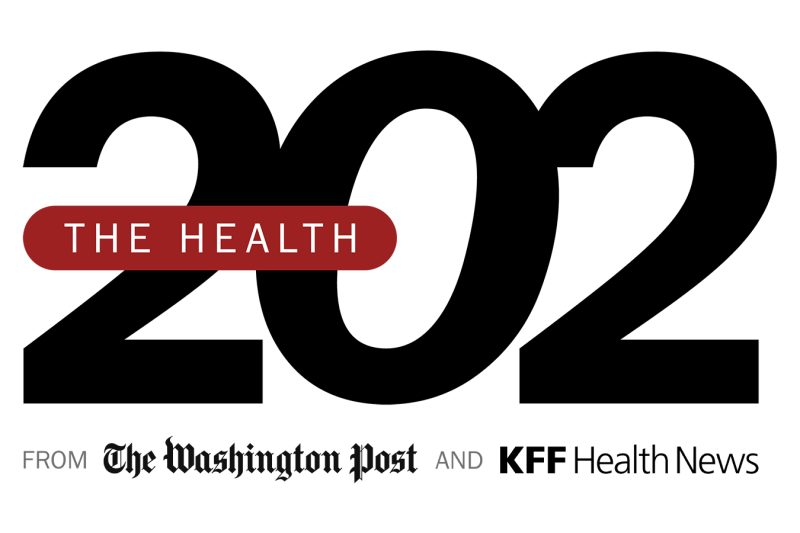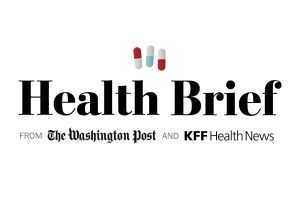The No Surprises Act Comes With Some Surprises

The No Surprises Act, the landmark law intended to protect patients from surprise out-of-network medical bills, has come with, well, some surprises. A little more than two years after it took effect, there’s good and bad news about how it’s working.
First, it’s important to note that the law has successfully protected millions of patients from surprise bills — incidents like an out-of-network emergency air ambulance ride or treatment by an out-of-network anesthesiologist or emergency room doctor, when the patient made every attempt to stay in network.
Most Americans are covered by health insurance plans with networks of physicians and hospitals. Stay in network, and you generally pay only deductibles, co-payments and other cost sharing. But go outside your network, either deliberately or inadvertently, and you could be on the hook for huge medical bills.
About 22 percent of emergency visits in 2015 resulted in a surprise out-of-network physician bill. The No Surprises Act limits the amount patients can be billed for those services — a huge win for consumers.
But behind the scenes, the new law has created more chaos in an already chaotic system. Some politicians wanted the law to require out-of-network providers of emergency care to accept in-network payment rates. Instead, the law requires insurers and out-of-network providers to negotiate what both sides agree is a fair payment.
Here’s the catch: If they can’t reach agreement, the law allows either side to request baseball-style arbitration (officially called Federal Independent Dispute Resolution, or IDR) through a government-certified arbitrator to determine a fair payment.
There are only about 800 Major League Baseball players, many of whom negotiate a new contract only every few years. There are nearly 50,000 ER doctors and north of 40,000 anesthesiologists — specialties that are two of the most common sources of surprise physician bills.
Government officials projected there would be 22,000 arbitrations in 2022. They underestimated the providers’ ire by an order of magnitude: There were 490,000 IDR requests filed through June 2023. That translates into a huge backlog for an underfunded system: 61 percent remained unresolved at that time, a December 2023 Government Accountability Office report found.
“It’s awesome that patients aren’t getting surprise bills, but it’s also clear this has become an administrative albatross,” said Zack Cooper, a Yale health economist who has studied the surprise billing problem.
Some companies prospered by issuing surprise bills — it was part of their business model. It is perhaps no surprise that 46 percent of requests for baseball-style arbitration came from physician staffing companies that were wholly or partially owned by private equity firms.
One firm, Envision Healthcare, went belly up after its physicians could no longer surprise-bill. Another, Team Health, saw Fitch’s rating of its debt decline in part because of the limitations on surprise bills and the cost of arbitration.
So what happens now to patients caught in the middle when their insurers and surprise billers squabble over who should pay?
In October 2022, with the No Surprises law in effect, Elyse Greenblatt got what she regarded as a surprise $660 bill for a telehealth visit with an out-of-network doctor at an in-network hospital. Mount Sinai Health System in New York City insisted the bill was justified; her insurer, Empire BlueCross BlueShield, said it was not and refused to pay. Neither side backed down.
The case wasn’t submitted for arbitration, which can cost the parties from about $400 to $800, and she was still getting bills a year later. Surprise!
This article is not available for syndication due to republishing restrictions. If you have questions about the availability of this or other content for republication, please contact NewsWeb@kff.org.







